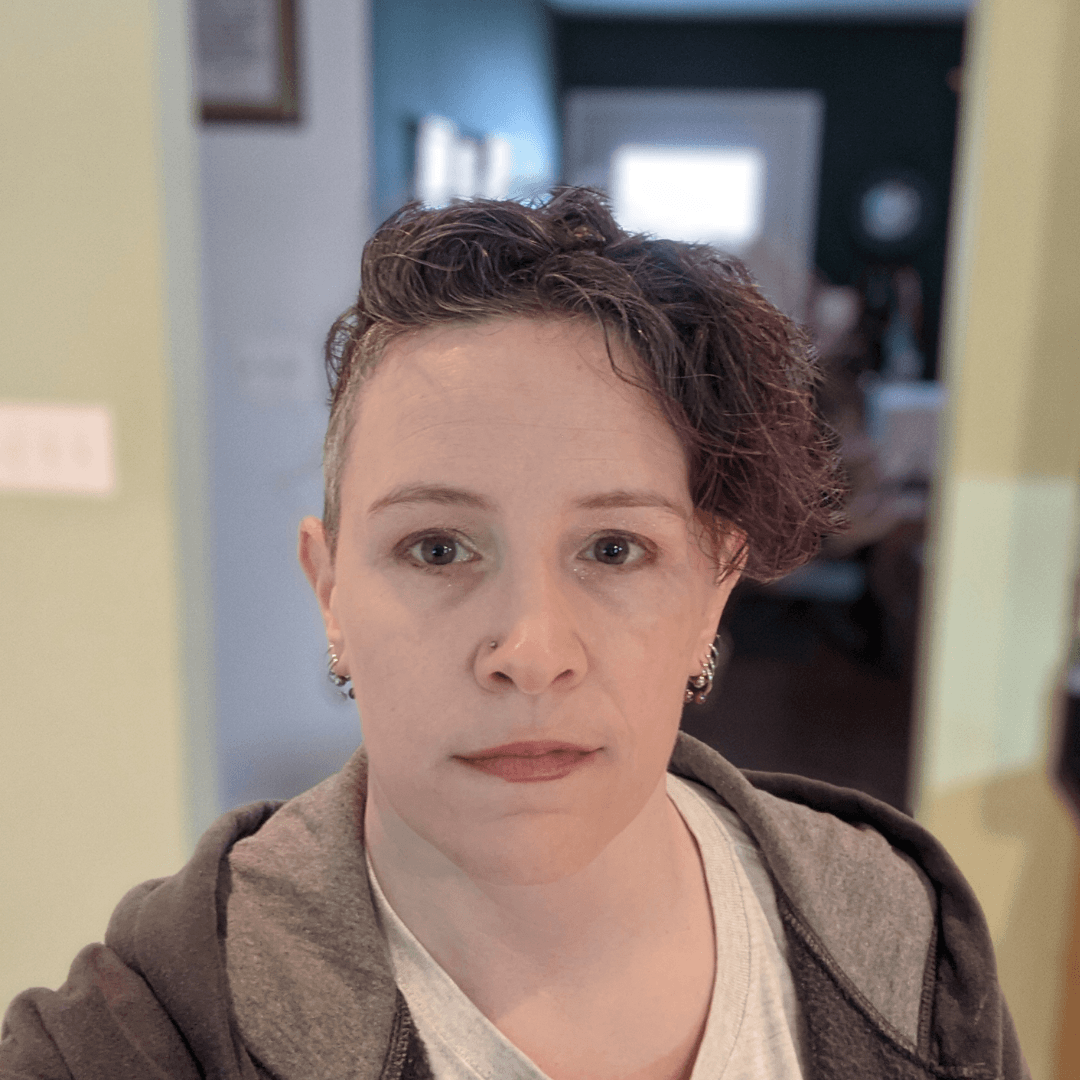Formulation:
Boswellia has most often been studied as an oral capsule.[1] Some studies have used concentrations of 12.5%–20% of boswellic acids.[2][1]
In one study where Boswellia was used topically, it was specified that the formulation was 40% boswellic acids.[3]
Range of dosages studied:
Boswellia has been most often studied at dosages of 100–250 mg/day of the Aflapin and 5-Loxin formulations.[1][4] Nonproprietary extracts have been studied at higher dosages, between 1,000 and 2,400 mg/day.[3][5][6][7]
Effective dosages:
Often older adults (ages 50–65): 100–250 mg/day of oral capsules for 3 months.[1][4][8]
Special considerations: The formulations Aflapin and 5-Loxin have most often been studied. In a 2024 meta-analysis, subgroup analyses found Aflapin to have greater improvements in pain, functioning, and stiffness scores compared to a placebo.[1]
Adults (average age of 36): 1,200–2,400 mg/day of a Boswellia extract for 3 months.[6][7]
Special considerations: Participants with a traumatic brain injury had an average time of 13 months since their injury.[6] In another trial, where Boswellia was used within 24 hours of hospital admission after a traumatic brain injury, there was no effect.[5]









